玻璃表面改性对碱催化胶水粘结性能的影响毕业论文
2020-04-22 19:48:48
摘 要
氢氧化物催化键合(HCB)作为一种粘接技术,自1998年以来一直在开发用于天文应用。硅酸盐网络的出现为粘接技术提供了突破口,换言之,只要是材料具有二氧化硅就可以很好的实现多材料性的粘接。
本文重点研究在碱胶水下,用氢氧化钠浸泡,浓硫酸浸泡和过氧化氢与浓硫酸配比浸泡三种不同的手段来进行玻璃表面的清洁,对比并总结出最优良的实验方案。实验过程中采用多个对比变量如下所示
①粘接的样品分别浸泡2小时,4小时,8小时和24小时后的不同剪切强度
②对每个时间段玻璃样品进行接触角测试,观察刻蚀度不同对粘接度的影响。
结果表明,氢氧化钠浸泡处理过的玻璃片表面比浓硫酸,过氧化氢和浓硫酸处理过的玻璃片表面更加能够提升胶水的粘接强度。尤其是在浸泡时间8小时做的实验平均拉伸强度达到了300.65N。通过接触角的测试也可以了解到,增加玻璃表面的刻蚀度(使得更加粗糙)比降低玻璃表面的刻蚀度(使得更加光滑)能够提高胶水粘接强度的变化效果也会来的更加明显。
关键词:玻璃 HCB 剪切力 接触角 粘接度
Effect of Glass Surface Modification on bonding Properties of Alkali Catalytic adhesive
Abstract
As a bonding technology, hydroxide catalytic bonding of (HCB) has been developed for astronomical applications since 1998. This technique is even more widely used in other astronomical fields because of its ideal, adjustable, combined characteristics. The emergence of silicate network provides a breakthrough for bonding technology, in other words, as long as the material has silica, multi-material bonding can be well realized.This paper focuses on the cleaning of glass surface by three different methods: soaking in NaOH, soaking in concentrated sulfuric acid and soaking in the ratio of hydrogen peroxide and concentrated sulfuric acid, and the best experimental scheme is compared and summarized. Multiple contrast variables are used in the experiment as follows.
①Different shear strength of bonded samples after soaking for 2 hours, 4 hours, 8 hours and 24 hours, respectively.
②The contact angle of the glass sample was measured at each time period, and the effect of different etch degree on the adhesion degree was observed
The results showed that the surface of glass treated with NaOH was better than that of glass treated with concentrated sulfuric acid, hydrogen peroxide and concentrated sulfuric acid. In particular, the average tensile strength reached 300.65N after soaking for 8 hours. Through the test of the contact angle, it can also be seen that increasing the etch degree of the glass surface (making it rougher) can improve the adhesive strength of the glass surface more obviously than reducing the etch degree of the glass surface (making it smoother).
Key words: glass HCB shear force contact angle adhesion
目录
摘 要 I
Abstract II
第一章 前言 1
第二章 理论部分 3
2.1 国内进展 3
2.2 国外进展 3
2.2.1 GRAVITY PROBE B 4
2.2.2 天基GW探测器 5
2.2.3 LISA Pathfinder 5
2.2.4 高新LIGO 6
2.2.5 蓝宝石悬浮液 7
2.3 HCB研究现状 8
2.3.1 粘接强度 8
2.3.2 机械损失 8
2.3.3 弹性模量 9
2.3.4 尺寸稳定性 9
2.3.5 光学性能 10
2.3.6 热传导 10
2.4 玻璃表面处理 11
2.4.1 碱处理 11
2.4.2 酸处理 13
第三章 实验部分 14
3.1 实验原料 14
3.2 实验仪器 14
3.3 研究目标 14
3.4 实验流程 15
3.5 剪切强度测试 16
第四章 结果与讨论 17
4.1 HCB配方的变化 17
4.2 10%浓度的碱溶液处理过的玻璃样品的剪切力 18
4.3 高浓度硫酸溶液处理过的玻璃样品的剪切力 19
4.4 Pirahana溶液处理过的玻璃样品的剪切力 21
4.5 粘接机理 22
第五章 结论与展望 23
5.1 结论 23
5.2 展望 23
参考文献 24
致谢 28
第一章 前言
引力波探测器,如LIGO,Virgo和GEO600合作运行的引力波探测器,基于激光干涉仪系统[1-3]。它们被设计用来探测由经过的引力波引起的悬浮反射镜分离的相对变化,引力波的黑洞的碰撞,这些变化非常小(仅为10−18米或更小的量级)[4-7]。因此,必须识别并减少所有噪声源,以使引力波的影响是可测量的。既然已经直接探测到了引力波,就必须进一步研究用于建造aLIGO的一些技术,并作出改进,以提高未来升级或探测器的灵敏度。这将提高探测率和可探测源的数量,并促进一个极其繁荣的重力波天文学时代的开始。如下图 1-1。
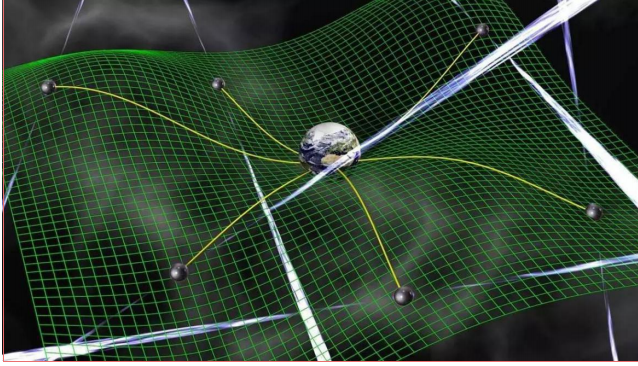 图1-1 引力波[1]
图1-1 引力波[1]
相关图片展示:
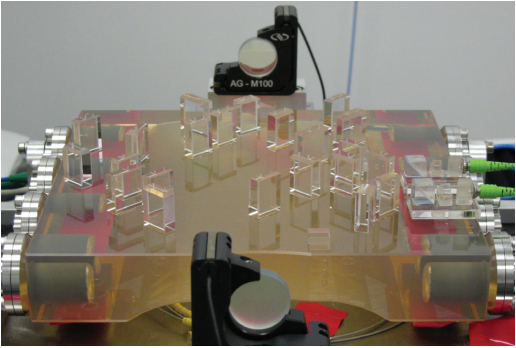
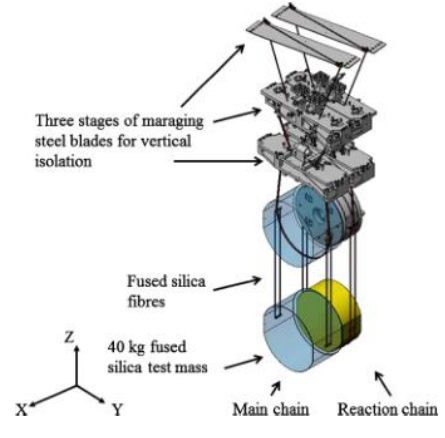
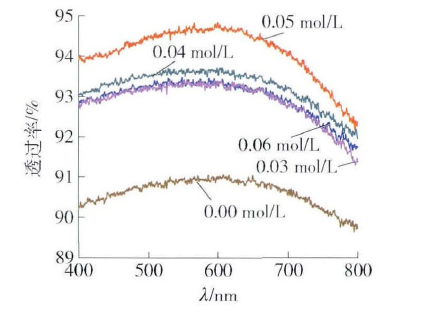
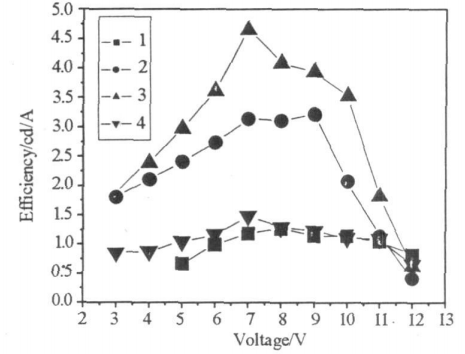
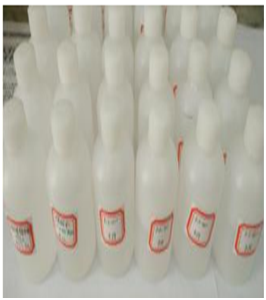
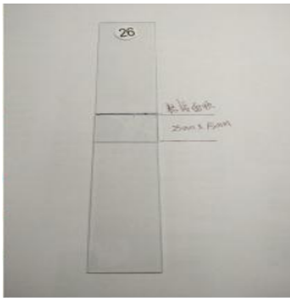
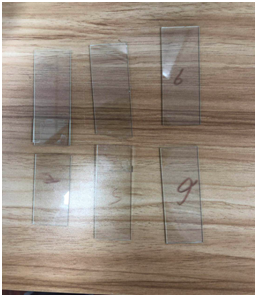
您可能感兴趣的文章
- 在200至300℃的温度下纤维素的水热降解外文翻译资料
- 对O-酰基肟光敏交联剂和丙烯酸丁酯组成的压敏胶一系列光聚合与光降解过程的直接流变学测量外文翻译资料
- 热和紫外线诱导的环氧/环氧丙烯酸酯胶粘剂的制备及其性能外文翻译资料
- 基于光敏可逆固液转换的可调光聚合物胶粘剂外文翻译资料
- 氢氧化物-催化键中近红外吸收的时间演化外文翻译资料
- 利用糖辅助机械力化学剥离技术一步法制备功能化氮化硼纳米片外文翻译资料
- 用于热管理的具有优异力学性能和超高热导率的兼容多功能氮化硼纳米片/聚合物薄膜外文翻译资料
- 油水分离材料用凹土棒复合微球的制备与表征油水分离材料用凹土棒复合微球的制备与表征外文翻译资料
- 单轴拉伸聚乙烯/氮化硼纳米复合薄膜金属状热导率外文翻译资料
- 高导热硅弹性体掺杂石墨烯纳米片和低共熔液体金属合金外文翻译资料




